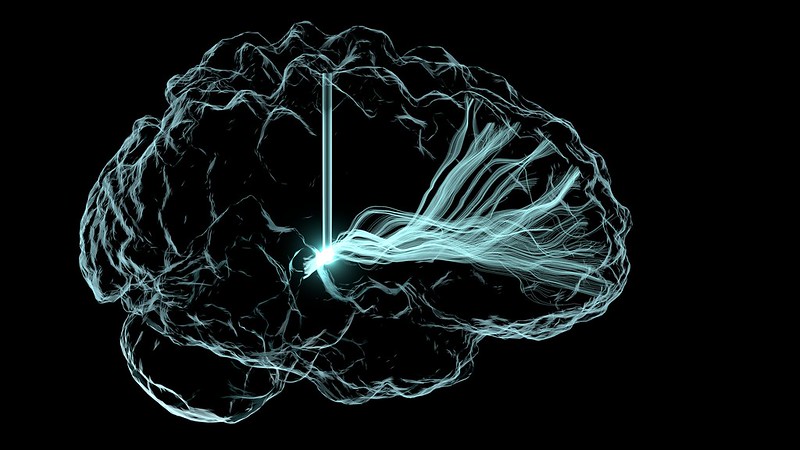Even Placebos Given Openly can Reduce Feelings of Guilt

While guilt is usually an appropriate emotional reaction, usually in response to doing something negative or hurtful, sometimes it can be unwarranted and persistent. Researchers at the University of Basel have shown that placebos can help assuage feelings of guilt, even when the placebo is administered openly, ie the participants are aware of the treatment being a placebo.
Guilt is considered an important moral emotion, as long as it is adaptive – in other words, appropriate and in proportion to the situation. “It can improve interpersonal relationships and is therefore valuable for social cohesion,” says Dilan Sezer, researcher at the Division of Clinical Psychology and Psychotherapy at the University of Basel. Previous research had demonstrated that placebos – even given openly – can still be effective in provoking a beneficial response.
In order to arouse feelings of guilt, healthy participants were recruited and asked to write about a time when they had disregarded important rules of conduct, or treated someone close to them unfairly, hurt or even harmed them. The idea was that the study participants should still feel bad about the chosen situation.
Participants were then randomised to three conditions: Participants in one group received placebo pills with being deceptively told that this was a real medication while participants in another group were told that they are given a placebo. Both groups were told that what they had been given will be effective against feelings of guilt. The control group received no treatment at all. The results, published in Scientific Reports, showed that feelings of guilt were significantly reduced in both placebo groups compared with those without medication.
This was also the case when the subjects knew they had been given a placebo. “Our study therefore supports the intriguing finding that placebos work even when they are administered openly, and that explanation of the treatment is key to its effectiveness,” states the study’s lead author, Dilan Sezer.
Where feelings of guilt are irrational and continue for longer periods of time, they are considered maladaptive – in other words, disproportionate. These emotions can affect people’s health and are also, among other things, a common symptom of depression.
Scientific studies have shown that placebo effects can be powerful in treating depression. But the finding that open-label placebos can also be useful for such strong emotions as guilt is new. It stands to reason, says Dilan Sezer, that we should try to harness these effects to help those affected. “The administering of open-label placebos, in particular, is a promising approach, as it preserves patient autonomy by allowing patients to be fully aware of how the intervention works.” The results of the study are an initial promising step in the direction of symptom-specific and more ethical treatments for psychological complaints using open-label placebos, Sezer continues.
Further research will need to be done into whether it is possible to treat maladaptive guilt with placebos. And it is still not known whether similar effects are also possible with other feeling states. For Dilan Sezer, one thing is certain: “Using open-label placebos would be an inexpensive and straightforward treatment option for many psychological and physical complaints.”
Source: University of Basel



